 推荐消息更多>>
推荐消息更多>>气力输送系统多点多仓输送方案:重构工业物料网络的核心引擎
- 来源:https://www.sdxinlujx.com/ 日期:2025-06-09 发布人:创始人
在智能制造与柔性生产需求激增的背景下,气力输送系统多点多仓输送方案正成为流程工业领域的关键基础设施。该方案通过构建智能化物料输送网络,实现原料、半成品、成品在多个生产节点与仓储单元间的高效流转,其技术架构与价值创造已突破传统输送范畴,演变为工业物联网的重要载体。
Against the backdrop of the surge in demand for intelligent manufacturing and flexible production, multi-point and multi bin conveying solutions for pneumatic conveying systems are becoming a key infrastructure in the process industry field. This solution achieves efficient circulation of raw materials, semi-finished products, and finished products between multiple production nodes and storage units by building an intelligent material conveying network. Its technical architecture and value creation have broken through the traditional conveying category and evolved into an important carrier of industrial Internet of Things.
系统架构:三维矩阵式输送网络
System Architecture: 3D Matrix Conveyor Network
多点多仓方案的核心在于构建"供料点-输送管道-存储仓"的三维矩阵。以某水泥厂熟料输送项目为例,系统通过正压密相输送技术,将窑头熟料同步输送至6个成品仓,每个仓体配备智能料位计与压力平衡装置。这种分布式仓储模式使传统单线输送系统的存储弹性提升300%,库存周转率提高45%。更值得关注的是,系统采用模块化管道设计,主管道直径达DN400,支管通过快速接头实现分钟级切换,满足柔性生产需求。
The core of the multi-point and multi warehouse solution lies in constructing a three-dimensional matrix of "feeding points conveying pipelines storage warehouses". Taking the clinker conveying project of a cement plant as an example, the system uses positive pressure dense phase conveying technology to synchronously transport the clinker from the kiln head to six finished product warehouses, each equipped with intelligent level gauges and pressure balancing devices. This distributed warehousing model increases the storage elasticity of traditional single line conveyor systems by 300% and increases inventory turnover by 45%. More noteworthy is that the system adopts a modular pipeline design, with a main pipeline diameter of DN400 and branch pipes that can be switched in minutes through quick couplings to meet flexible production requirements.
智能调度:数字孪生驱动的物料大脑
Intelligent scheduling: a material brain driven by digital twins
在控制层面,多点多仓方案集成数字孪生技术,构建虚实映射的输送网络模型。某饲料生产企业应用案例显示,系统通过OPC UA协议接入ERP、MES系统,实时获取生产订单与库存数据。基于深度强化学习算法,调度中枢可自动计算优选输送路径,将原料面粉从8个立筒库向24条生产线分配,使配方切换时间缩短67%。当3号生产线突发故障时,系统在15秒内完成输送路径重构,避免产能损失。
At the control level, the multi-point multi warehouse solution integrates digital twin technology to construct a virtual real mapping transport network model. A case study of a feed production enterprise shows that the system is connected to ERP and MES systems through OPC UA protocol to obtain real-time production orders and inventory data. Based on deep reinforcement learning algorithms, the scheduling center can automatically calculate the optimal conveying path and distribute raw flour from 8 vertical silos to 24 production lines, reducing formula switching time by 67%. When there is a sudden malfunction on production line 3, the system completes the reconstruction of the conveying path within 15 seconds to avoid capacity loss.

能效优化:气流经济的精密实践
Energy Efficiency Optimization: Precise Practice of Airflow Economy
针对气力输送能耗痛点,多点多仓方案采用三级节能架构。在气源环节,永磁变频空压机根据输送需求动态调节排气量,配合热回收装置将压缩热用于原料预热,使某化工企业的蒸汽消耗降低18%。在管道环节,CFD仿真优化管道走向,减少40%的弯头数量,使系统压降控制在0.02MPa/100m以内。在末端环节,智能卸料器通过压力波控制技术,实现物料与气流的精准分离,除尘器反吹频次下降75%。
For the energy consumption pain points of pneumatic conveying, the multi-point and multi warehouse solution adopts a three-level energy-saving architecture. In the gas source stage, the permanent magnet variable frequency air compressor dynamically adjusts the exhaust volume according to the conveying demand, and cooperates with the heat recovery device to use the compression heat for preheating the raw materials, reducing the steam consumption of a chemical enterprise by 18%. In the pipeline section, CFD simulation optimizes the pipeline direction, reduces the number of bends by 40%, and controls the system pressure drop within 0.02MPa/100m. At the end stage, the intelligent unloader achieves precise separation of materials and airflow through pressure wave control technology, reducing the frequency of dust collector blowback by 75%.
行业应用:场景驱动的技术进化
Industry application: scenario driven technological evolution
在新能源材料领域,多点多仓方案展现出特殊价值。某锂电池正极材料工厂采用氮气保护密相输送系统,将氢氧化锂粉末从4个合成反应釜输送至12个陈化仓。系统通过氧含量在线监测与紧急泄压装置,确保输送全程氧含量低于10ppm,避免物料氧化。在食品行业,某婴幼儿奶粉工厂应用正压稀相输送系统,实现25种原料从10个投料口向3条混料线的精准配送,配方误差控制在0.1%以内。
In the field of new energy materials, multi-point and multi warehouse solutions have shown special value. A lithium battery positive electrode material factory uses a nitrogen protected dense phase conveying system to transport lithium hydroxide powder from 4 synthesis reaction vessels to 12 aging bins. The system uses online monitoring of oxygen content and emergency pressure relief devices to ensure that the oxygen content throughout the transportation process is below 10ppm, avoiding material oxidation. In the food industry, a certain infant formula factory has applied a positive pressure dilute phase conveying system to achieve precise distribution of 25 raw materials from 10 feeding ports to 3 mixing lines, with formula errors controlled within 0.1%.
未来演进:从输送系统到产业互联网节点
Future Evolution: From Transportation Systems to Industrial Internet Nodes
随着5G+工业互联网的深度融合,多点多仓方案正演变为产业互联网的关键节点。某物流集团正在测试的"气力管道邮政"项目,通过建设城市地下物料管网,实现快递包裹的无人化分拣输送。更前沿的探索集中在能源互联领域,科研机构正在验证利用输送管道进行余热传输的可行性,使压缩空气系统同时承担物料输送与能源传输的双重职能。
With the deep integration of 5G+industrial Internet, the multi-point multi warehouse scheme is evolving into a key node of industrial Internet. The "Pneumatic Pipeline Postal" project being tested by a logistics group aims to achieve unmanned sorting and transportation of express packages by constructing an underground material pipeline network in the city. More cutting-edge explorations are focused on the field of energy interconnection, and research institutions are verifying the feasibility of using transmission pipelines for waste heat transfer, enabling compressed air systems to simultaneously undertake the dual functions of material transportation and energy transmission.
气力输送系统多点多仓输送方案的技术演进,本质是工业生产模式向网络化、服务化转型的缩影。其价值不仅体现在输送效率的提升,更在于构建起连接生产要素的神经网络。当设备能够自主决策、系统实现自我优化、网络创造新价值时,这种智能输送方案将成为工业4.0时代的基础设施,重新定义制造业的时空边界与价值创造方式。
The technological evolution of multi-point and multi bin conveying solutions in pneumatic conveying systems is essentially a microcosm of the transformation of industrial production modes towards networking and service-oriented. Its value is not only reflected in the improvement of transportation efficiency, but also in the construction of a neural network that connects production factors. When devices are able to make autonomous decisions, systems achieve self optimization, and networks create new value, this intelligent delivery solution will become the infrastructure of the Industry 4.0 era, redefining the spatiotemporal boundaries and value creation methods of manufacturing.
本文由气力输送系统友情奉献.更多有关的知识请点击:https://www.sdxinlujx.com我们将会对您提出的疑问进行详细的解答,欢迎您登录网站留言.
This article is a friendly contribution from Roots blower For more information, please click: https://www.sdxinlujx.com We will provide detailed answers to your questions. You are welcome to log in to our website and leave a messag
- 上一篇: 罗茨鼓风机可能出现什么问题?
- 下一篇: 旋转供料器轴承外置式防污染是怎么设计的?
Related news相关新闻
- 2025-10-25磁悬浮鼓风机:节能环保高效的气体输送设备
- 2025-10-24气力输送系统输送时物料易破碎怎么办?
- 2025-10-23旋转供料器在粉体输送中发挥中锁风下料、定量吹送的作用
- 2025-10-22仓泵在气力输送“心脏”中,扮演着重要角色
- 2025-10-21负压气力输送适合输送哪些类型的物料?
- 2025-10-20安全使用高压罗茨鼓风机必须要注意的8个方面
- 2025-10-18三叶罗茨风机经过频繁检修后,整理的常见故障原因和解决方法
- 2025-10-17高压罗茨鼓风机节能省电的方法和运行中的摩擦原因
- 2025-10-16高压罗茨风机 VS 离心风机,区别有哪些?
- 2025-10-15高压罗茨风机的产品介绍和适用场景



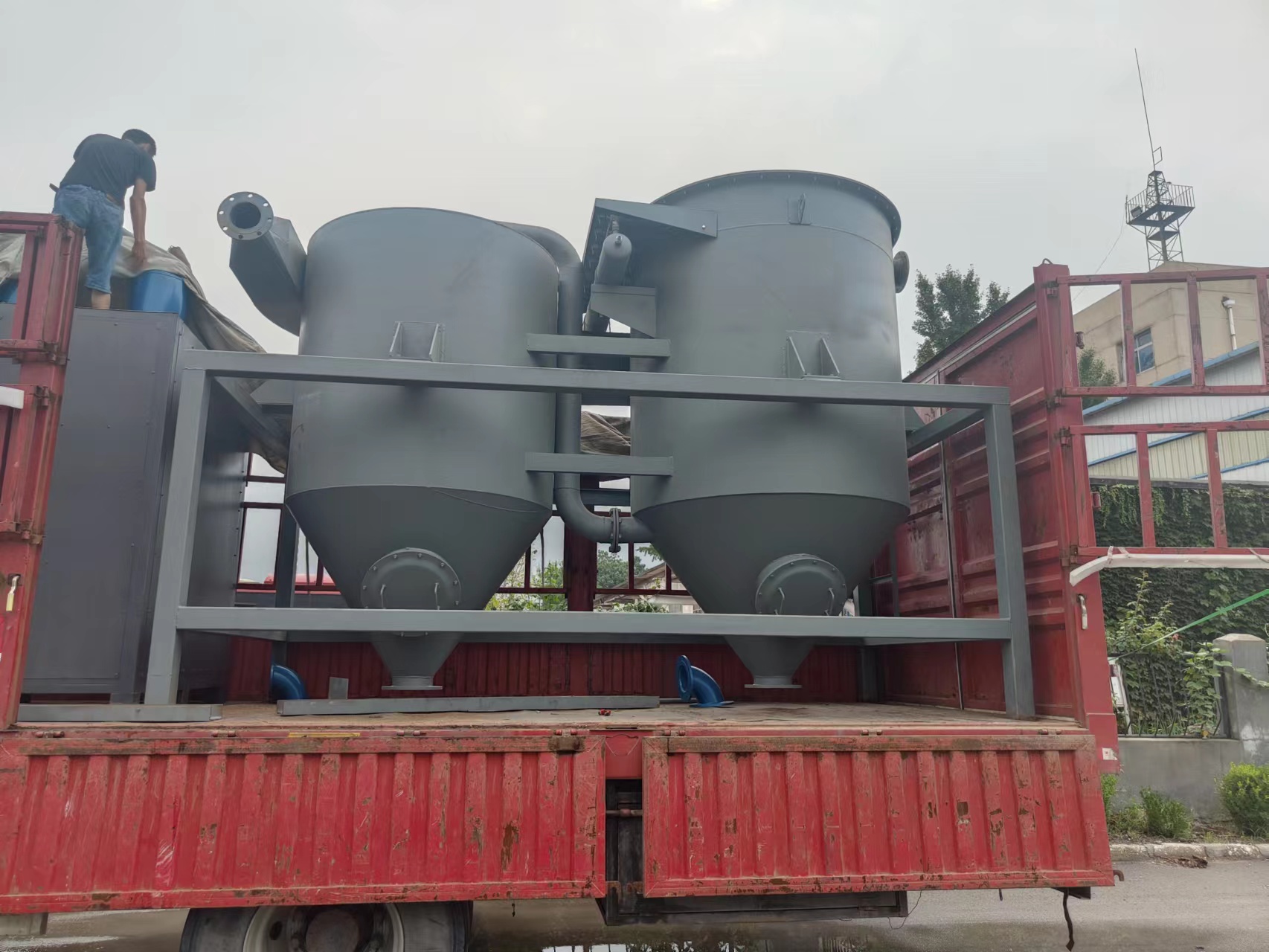
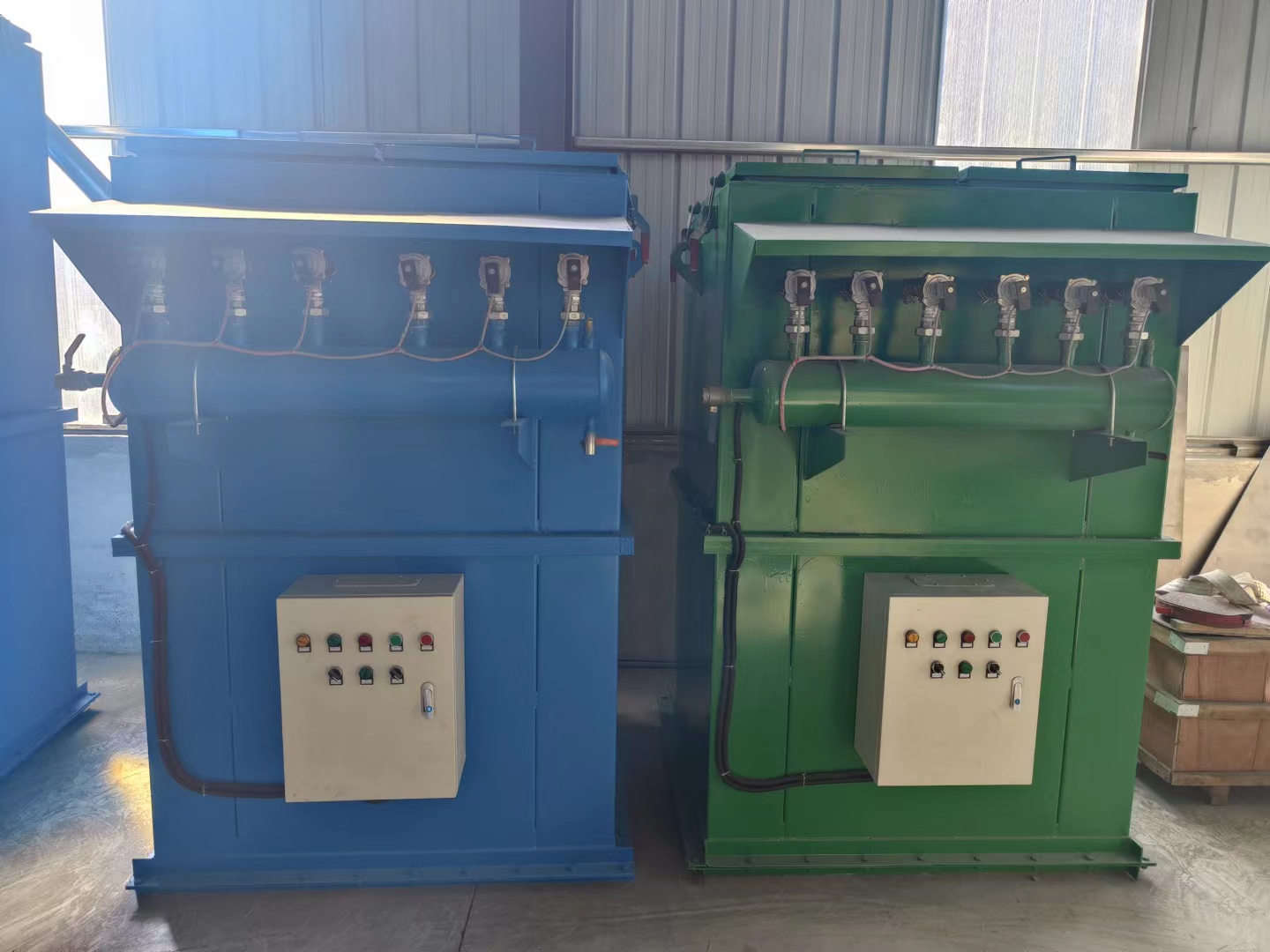
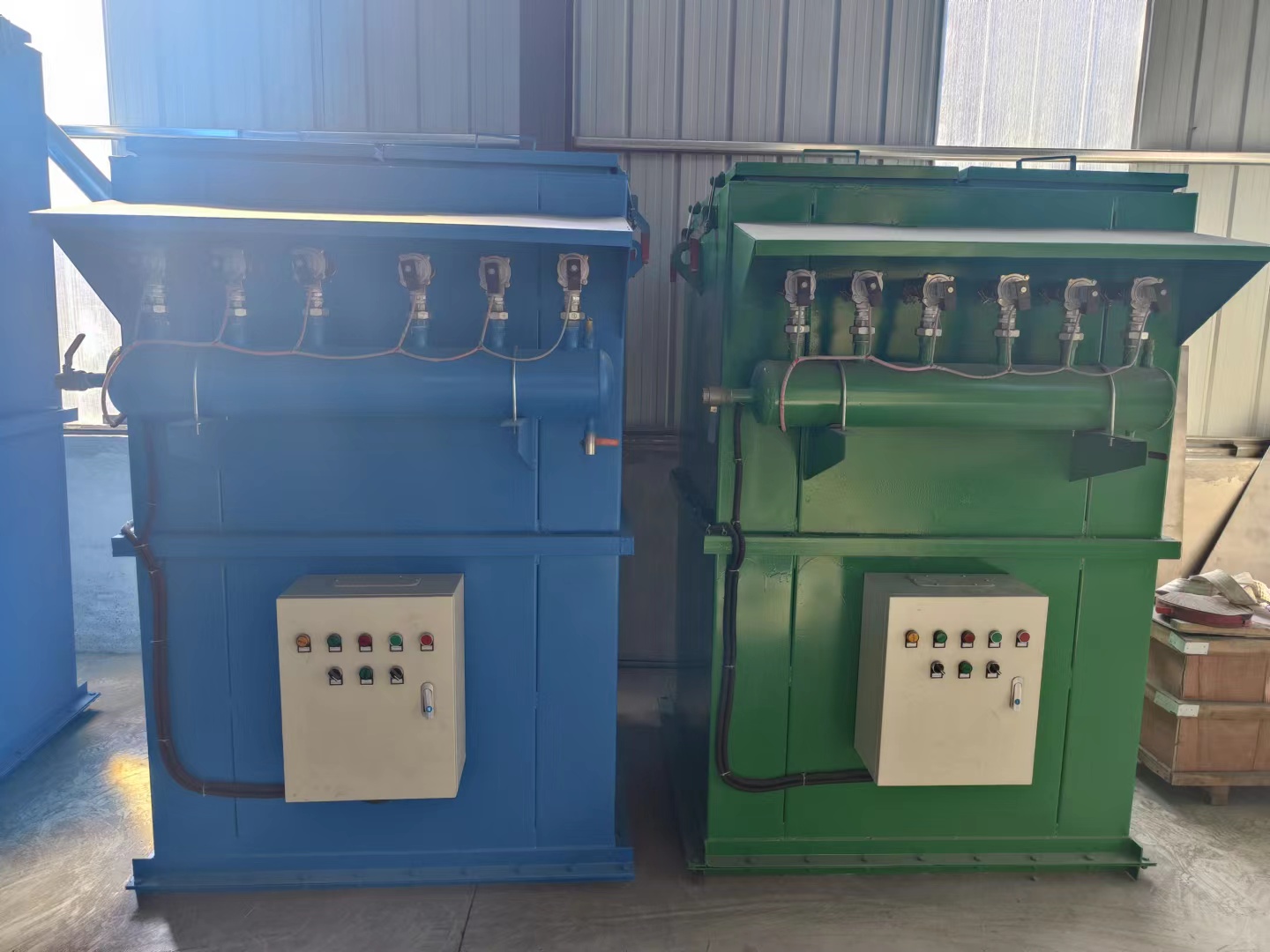

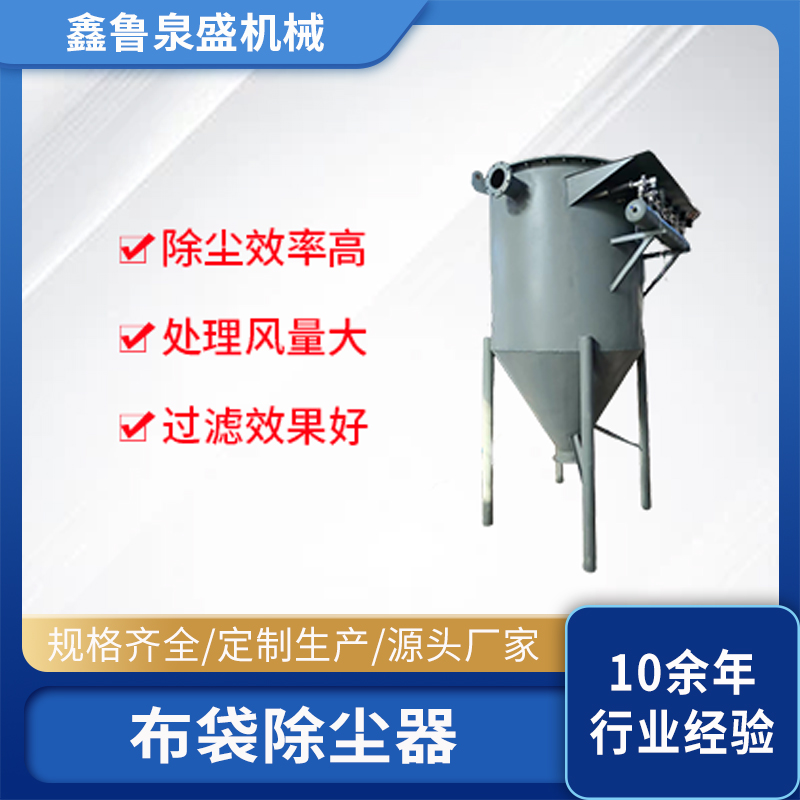
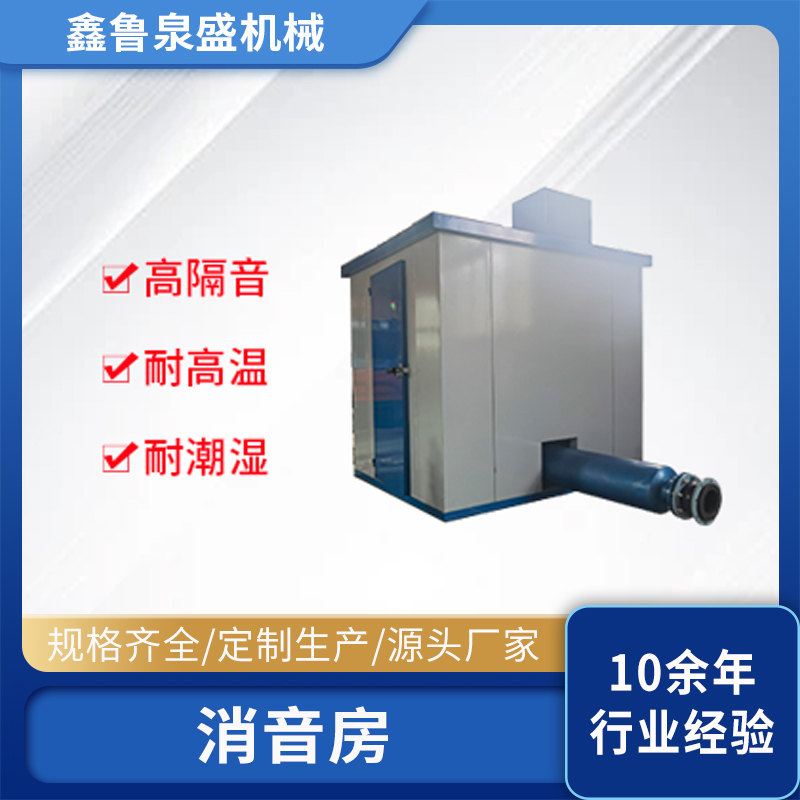
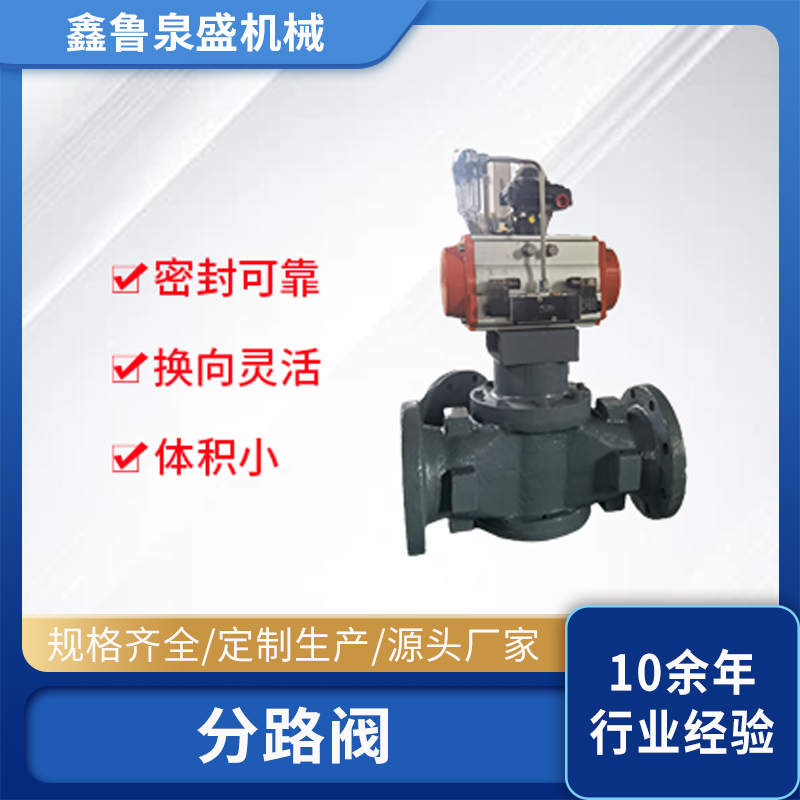
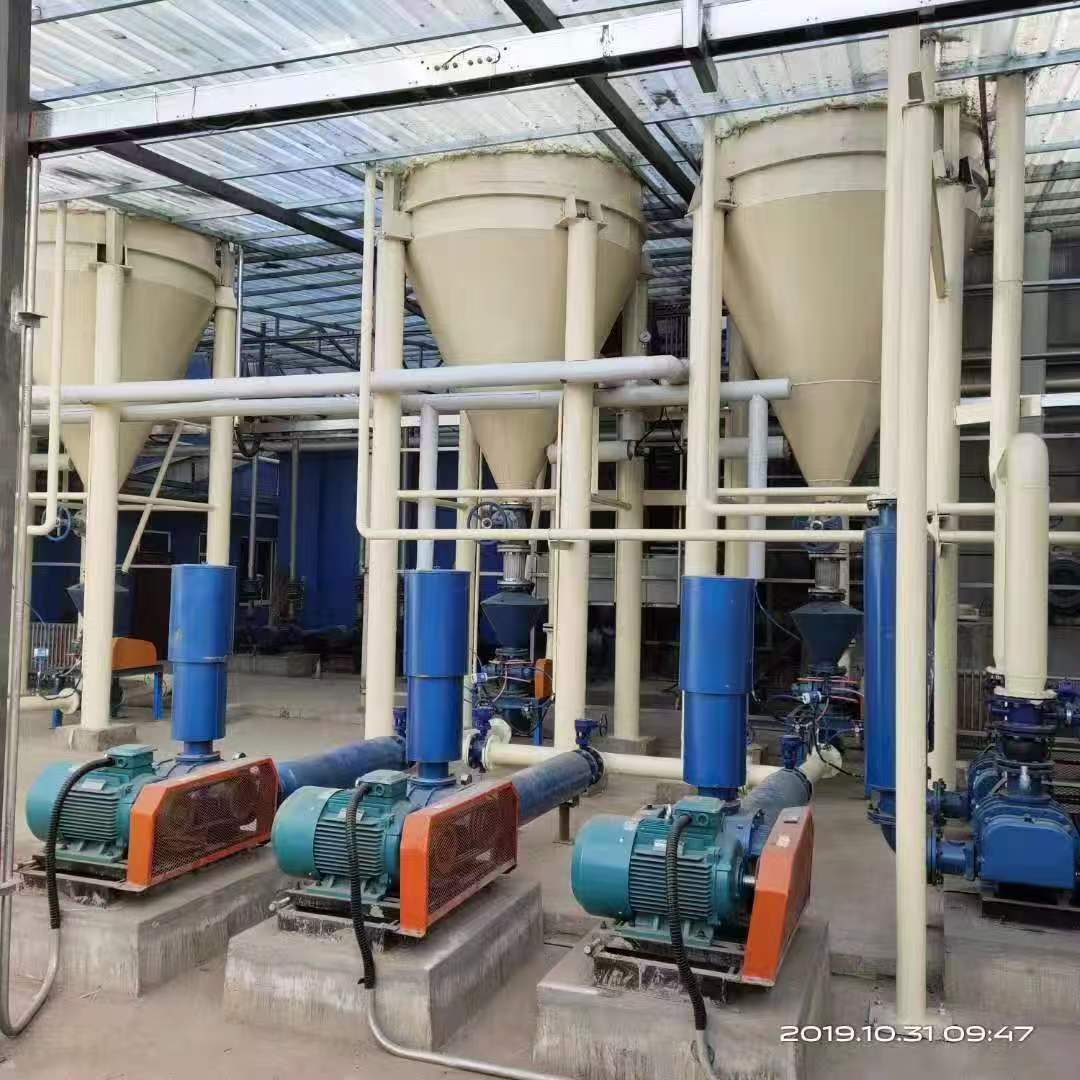
 扫码微信沟通
扫码微信沟通